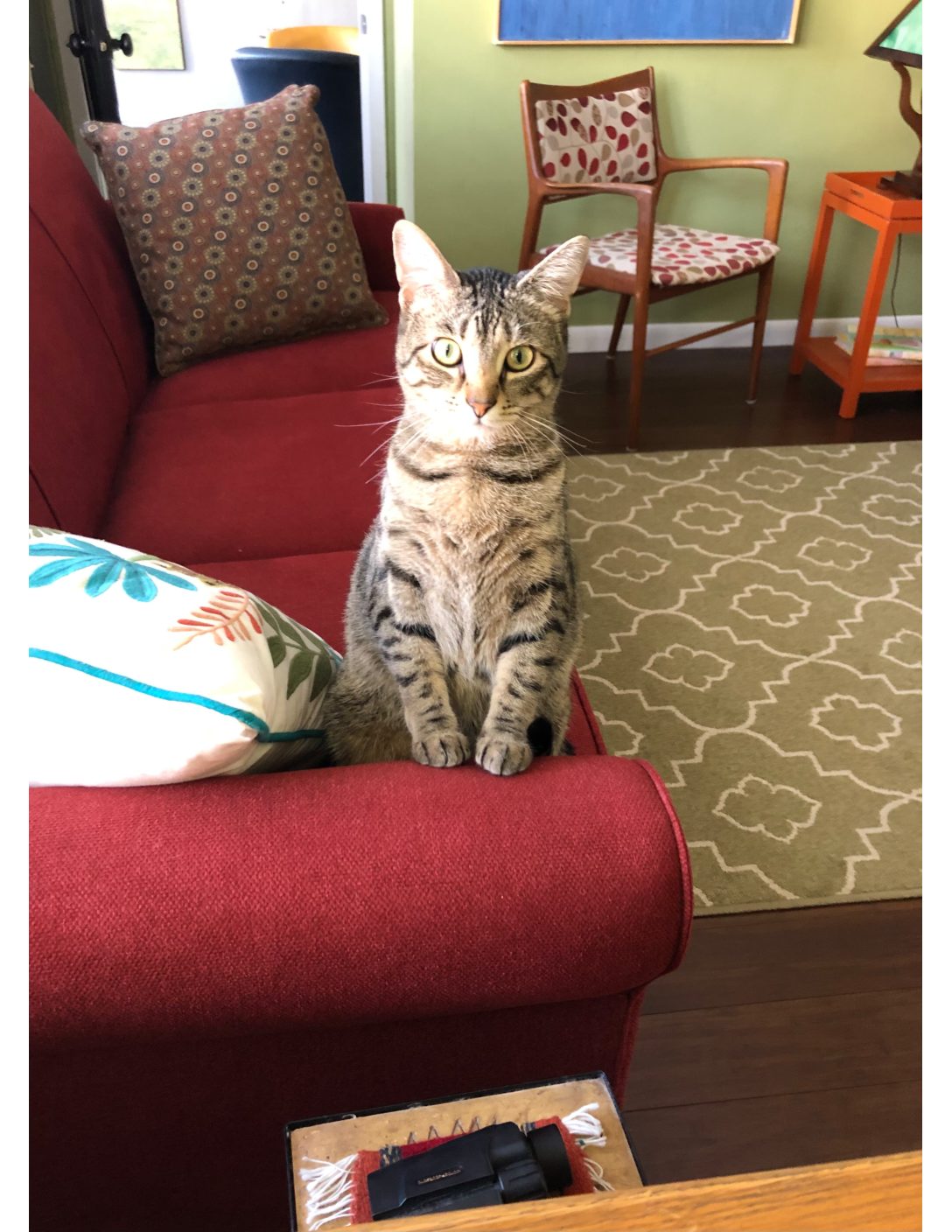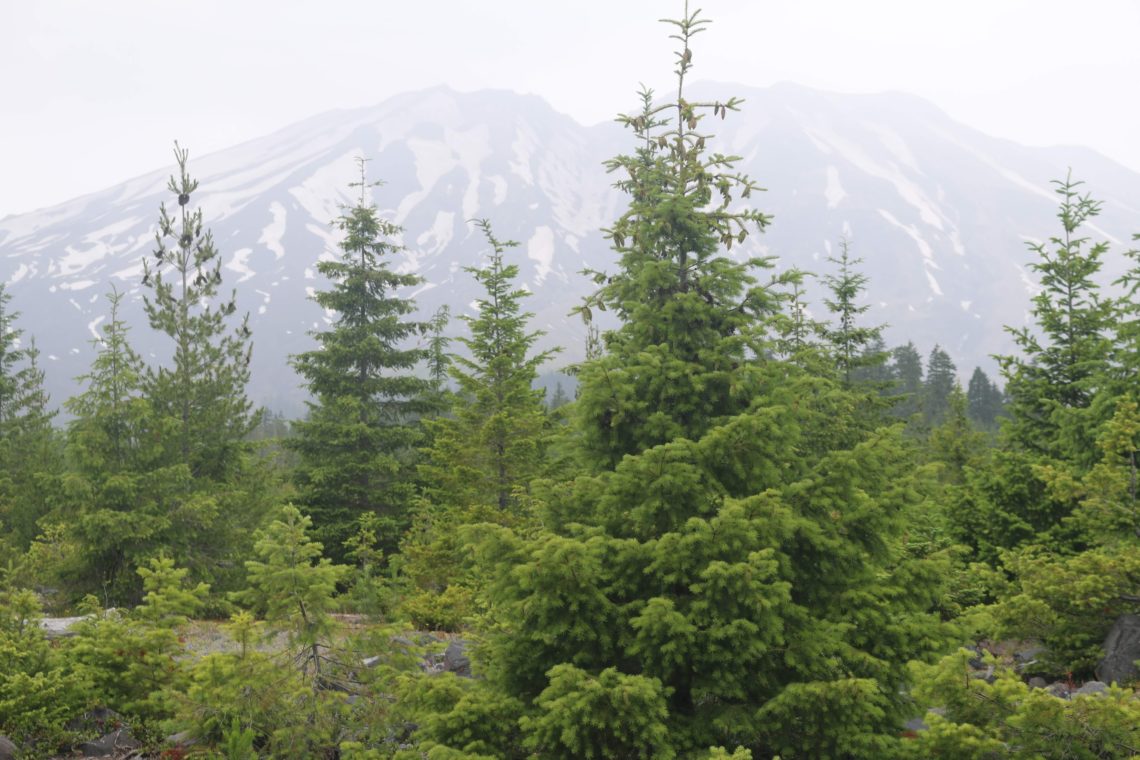
Multiple Worlds
Hello 2021. I feel better already just writing the numbers. Give us a hug, wontcha? We all need one.
Since the Presidential election there are a few signs around here indicating the ship may be making a wide slow turn back to *normal. For instance, yesterday a local headline reported, Thief steals car with 4-year-old inside, drives back to return boy, scolds mother. It’s been too long since I’ve read news articles that make me happy to live in this quirky spot. I have missed stories that begin with anxiety-inducing headlines, Oregon woman finds cougar in living room, and then resolve unexpectedly and happily, says telepathy helped her get it out.
Too bad we can’t vote the pandemic out. Until COVID-19 disappears our free time remains mostly confined within our own four walls. But I have a weekend pairing for you Scramblers, watch the movie The Dark Divide and read the book the movie was based on, Where Bigfoot Walks, by Robert Michael Pyle.
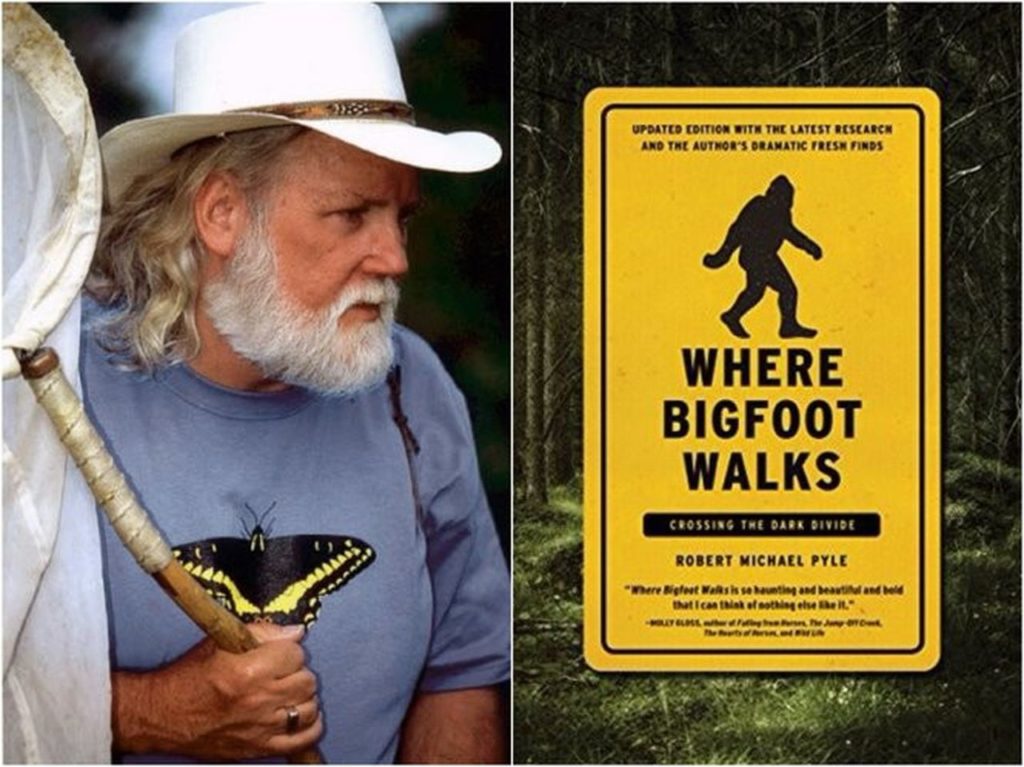
Pyle is a poet, a famous lepidopterist, and one of the best natural history writers around. Where Bigfoot Walks records Pyle’s wanderings in the Cascades exploring the Dark Divide, which is the largest roadless area in Washington, it encompasses about 76,000 wilderness acres and links Mount St. Helens and Mount Adams. During his Dark Divide wanderings Pyle sustains himself by eating fistfuls of wild huckleberries and entertains himself by searching for rare moths and butterflies (sometimes he chooses to do this in various stages of undress). While hiking and camping he meets locals who share Bigfoot legends, confers with Bigfoot professionals (yes, they exist) and reviews documented Bigfoot sightings. And even though his brain challenges him, Pyle slowly metamorphizes into a believer of sorts. You’ll need to read the book to understand how and why. 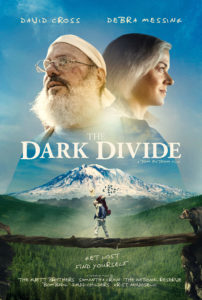
Where Bigfoot Walks is not about Bigfoot all the time. Pyle writes knowingly of the land through which he traipses. I would love to walk with him, to learn the science of what lies behind the showiness of the area and I imagine the hike would be straight up fun. I saw Pyle at an event downtown a few years ago and when he was called to the podium, he shambled to the front, read one of his poems honoring Portland’s downtown crows, and sang a Pogues song in his gravelly voice accompanied by a few blows on a slightly off-key harmonica. After seeing him and reading his book I can envision Pyle wandering the dark woods, swooshing a butterfly net about, missing plenty times, and still carrying on happily.
Seeing the movie first will help you decide if the book is for you. The movie collapses a lot of detail in Where Bigfoot Walks but does so in a way that stays true to Pyle’s experiences and sense of humor. Pyle can laugh at himself and in the movie you’ll see him make some bad wilderness decisions, act silly, and get deeply spooked.
I enoyed the Dark Divide partially because I have spent some lovely times in the area including a local town, Cougar (where an area ordinance makes it illegal to harm Bigfoot) but mostly I enjoyed Pyle’s honest look at his imperfect humanity while facing the deep dark woods all alone (and sometimes only in his underwear).
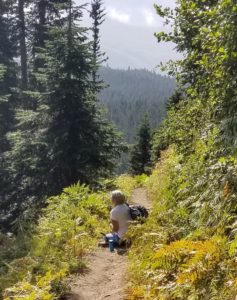
Here are a few other recommendations.
For those of you who enjoy playing ‘what-ifs’ with your own life story I have two books for you, The Midnight Library and If, Then.
The Midnight Library by Matt Haig uses the many-worlds interpretation (MWI) of quantum mechanics, which asserts universal wavefunction is real and doesn’t collapse. What this means for you and me is that all possible outcomes of wavefunction are realized in some world or universe. In other words, there are endless copies of you and me living our lives in other places where we made a left turn instead of a right that one time or where we didn’t go out on a second date with a certain someone or even where we decided to bike a mile further down the street one fine spring day. 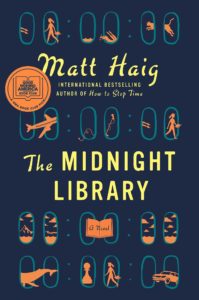
Haig uses MWI to anchor his story about Nora Seed, The Midnight Library’s protagonist. As the story opens, we witness the steamy heap of Nora’s recent life events, a listless romantic break-up, disengaged family members, terminated from a dull job, and her cat found dead on the street. All alone with a mountain of bad breaks and awful luck Nora decides to commit suicide. But instead of waking up in front of the pearly gates, Nora finds herself in a library filled with shelves crammed with books, each book containing a multiple world version of her life. Nora steps into many of those books.
The Midnight Library has several nice touches, like the inclusion of ‘sliders’, people who appear in many of Nora’s various lives, but not all lives. Sliders are doing the same thing Nora is, trying on different lives, getting a feel for the ‘what if’.
If, Then by Kate Hope Day is her first book and I can’t wait to read more of her work.
If, Then takes place in a small fictional town, Clearing, Oregon. The story centers on four neighbors who begin to see themselves in parallel realities (more MWI). Ginny, a busy surgeon who often sacrifices family-time over work-time, begins to see romantic visions of herself with a co-worker. The images are tantalizing and Ginny begins to doubt the strength of her marriage and the health of her brain. Ginny’s husband is a scientist and he too witnesses visions of himself, but his visions suggest impending doom. There is also a neighbor, Samara, a young woman who is mourning the death of her mother but is seeing glimpses of her healthy mother working in the yard. Then there is Cass, a gifted scholar dealing with a newly born baby girl, who sees herself pregnant again, just as she’s deciding to return to graduate work.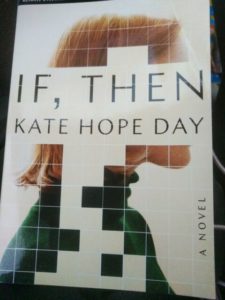
Everyone’s visions are initially innocuous but grow increasingly disturbing and more frequent. When it seems there is a natural disaster brewing, readers are unsure if this is now a shared vision or whether there is an actual threat. There are additional clever tricks woven throughout the story that involve multiple world mashups but you should discover them on your own and meet a brand new author.
My nomination for best book cover of 2020 is The Wild Kindness: a Psilocybin Odyssey by Bett Williams. Psilocybin was legalized in Oregon last year for medical purposes only but if you happen to visit a local bookstore you will likely find special displays of all kinds of psilocybin books. We are that excited here and we are getting ready, learning as much as we can. Williams’ book caught my eye because of its outstanding cover and as we all know, you can always tell a book by its cover.
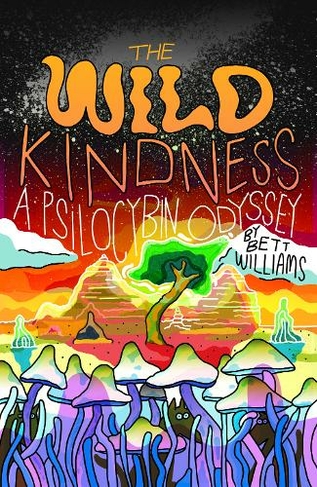
The Wild Kindness is Williams’ journey of self-healing using mushrooms, beginning with solitary ceremonies by a fire. But Williams longs for a perfect ceremonial experience and leaves New Mexico to meet Kai Wingo, a leader of the high-dose psilocybin community. She also travels to Huautla de Jiménez, home of the curandera, María Sabina. Eventually Williams develops a more meaningful practice with the help of her partner and friends.
In the middle of all the mushroom hype, some of it sanitized and ready to be monetized, The Wild Kindness reminds readers that psilocybin mushrooms are the people’s medicine and they are not meant to be packaged or marketed. Williams’ shared her genuine voice throughout the book and it delighted me every time I turned the page. What a wonderful surprise.
Peace out friends.
Your friend in the PNW, January 23, 2021.

